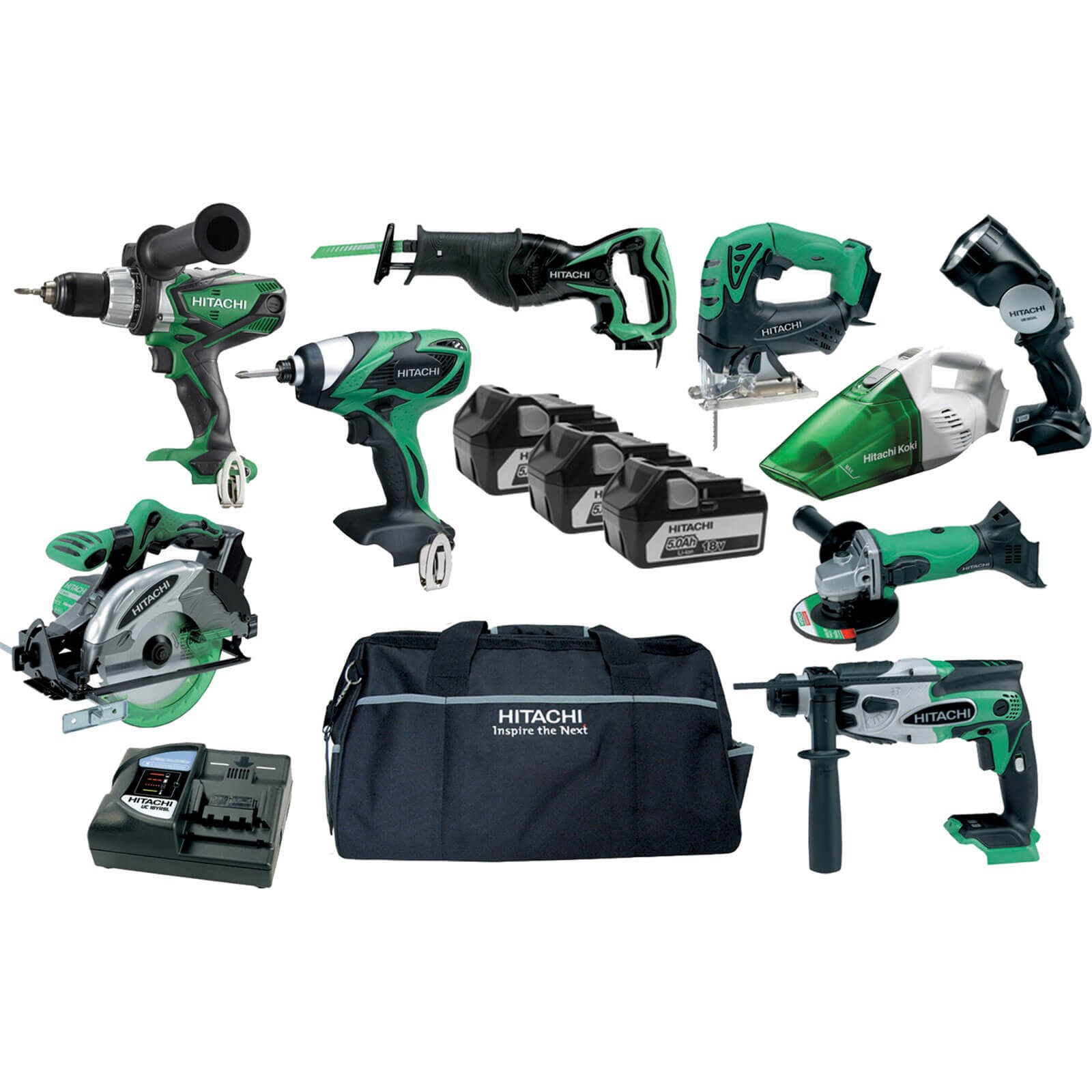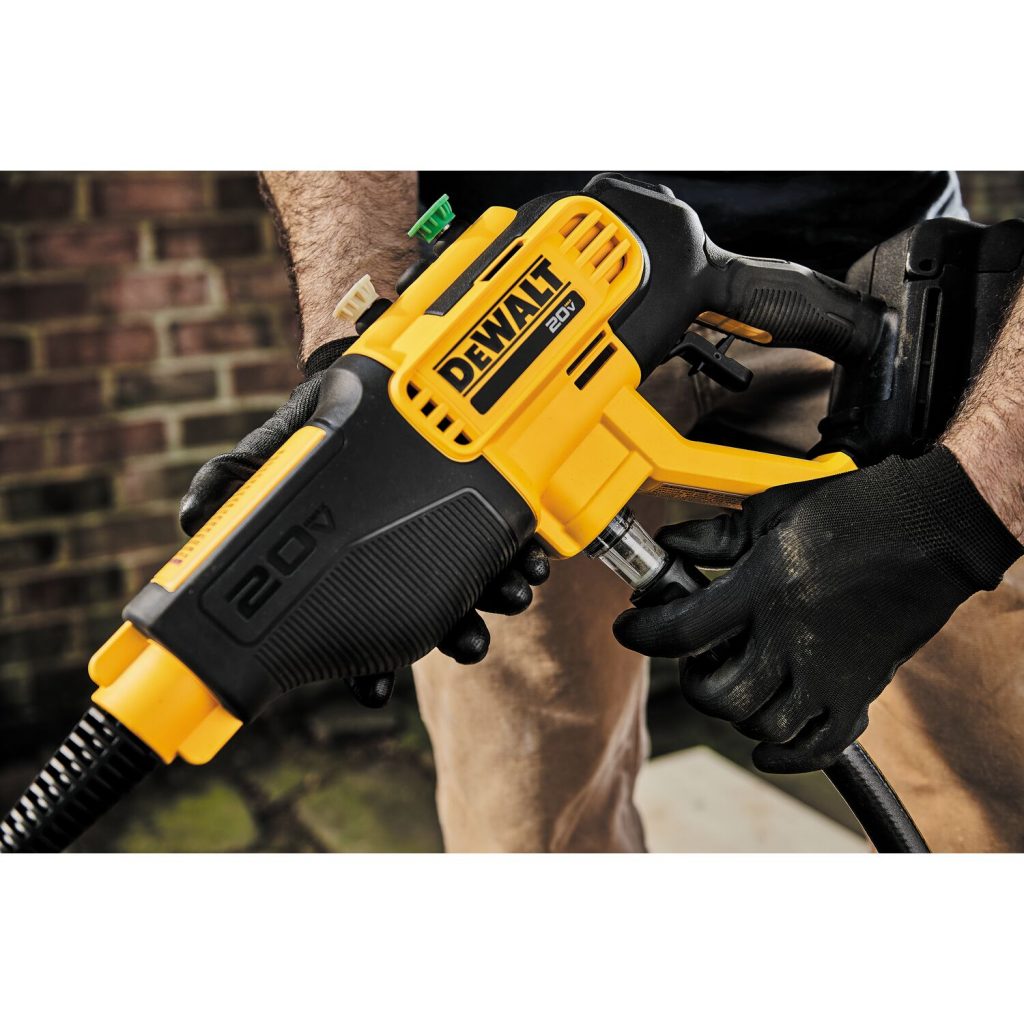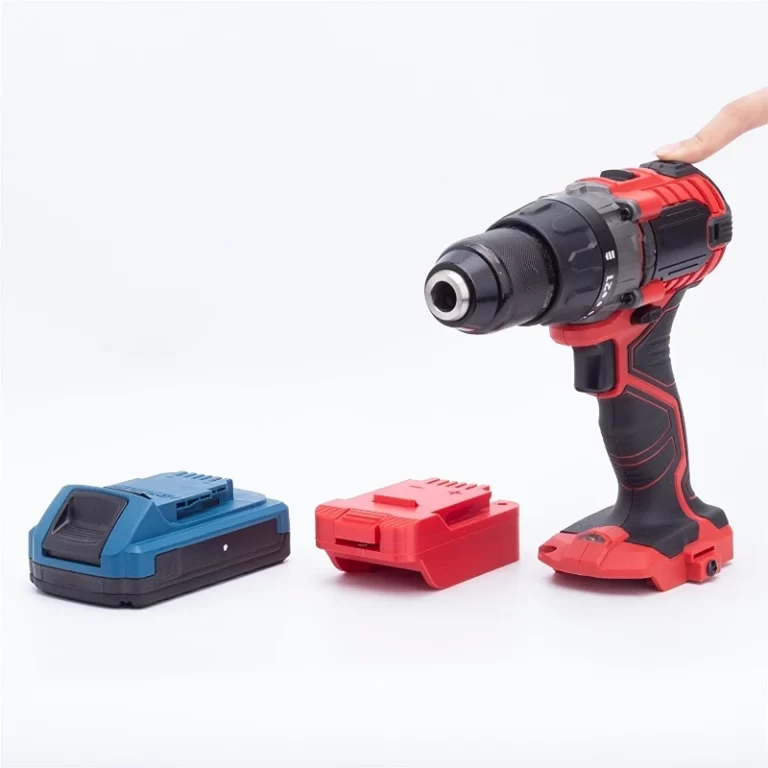
Defining Power Tools Meaning: The Evolution of Power Tools
What Are Power Tools?
Power tools are devices that assist us in completing tasks that require some form of power other than human strength. They stand out due to their efficiency and ease of use. Power tools’ meaning circles around devices that are either battery-powered, electric, or pneumatic. They help in various operations, from drilling and cutting to shaping and polishing.
The Basic Definition
A power tool is a tool that uses an additional power source and mechanism, apart from manual labor, to work. This means they rely on electric motors, compressed air, or internal combustion engines. They can significantly reduce the time, effort, and precision needed for tasks.
Types of Power Tools
Different jobs call for different power tools. Some common types include:
- Drills: Used for making holes or driving fasteners.
- Saws: Designed to cut through materials like wood or metal.
- Sanders: Ideal for smoothing surfaces.
- Grinders: Used for cutting or grinding hard materials.
- Impact wrenches: Great for tightening or loosening bolts.
Each type has specific applications and is built to ease the workload in various projects, whether in construction, home improvement, or manufacturing.
The Evolution of Power Tools
Power tools have come a long way since their inception. Understanding where they started and how they’ve evolved helps us appreciate the ingenuity behind their current designs and functionalities. Let’s delve into the evolution that has brought power tools to where they are today.
A Brief History
The history of power tools is a tapestry woven with innovation and necessity. In the early 20th century, tools powered by electricity began to emerge, initiating a new era in the tool industry. These early models were large, cumbersome, and reserved for industrial uses.
It was not until after World War II that power tools became more accessible and practical for everyday use. The invention of portable electric drills and the introduction of power tools for domestic use transformed how tasks were approached both by professionals and hobbyists.
Technological Advancements in Power Tools
Technology has continuously shaped the power tools landscape. Electric motors became smaller and more powerful, allowing for portability and ease of use. The shift from corded to cordless tools, thanks to advancements in battery technology, has been a game-changer, offering freedom of movement and convenience.
Automation and precision have also seen remarkable improvements. Modern power tools come equipped with features like laser guides and advanced speed control that enhance accuracy and efficiency. Moreover, digitalization has led to smart power tools that can be operated with apps, monitor usage, and provide maintenance alerts.
From the basic designs of the past to the intelligent, ergonomic tools of today, the trajectory of power tools meaning has been marked by relentless progress and a drive to improve user experience. With ongoing technological innovations, the future of power tools is one of even more refined design and functionality.

Applications of Power Tools
The applications of power tools extend far and wide, reshaping the way we build, create, and manufacture. Let’s explore some of the key sectors that benefit from these dynamic tools.
In Construction
In the construction industry, power tools are the backbone of productivity. They speed up tasks and enhance precision:
- Drills and impact wrenches make assembling structures quicker.
- Saws cut through materials with ease, saving time and manpower.
- Sanders and grinders provide the finishing touches to surfaces.
These tools have transformed how buildings rise from the ground up, enabling workers to tackle large-scale projects with confidence.
For Home DIY Projects
For enthusiasts and homeowners, power tools meaning empowerment. They demystify repair and renovation tasks:
- Cordless drills make it simple to hang shelves or assemble furniture.
- Jigsaws allow for intricate cutting in woodworking projects.
- Electric sanders make surface prep a breeze before painting.
With these tools, DIY projects become not just possible, but pleasurable and efficient undertakings.
In Manufacturing Industries
Power tools are vital in manufacturing for mass production and achieving fine detail:
- Automated drills and drivers speed up assembly lines.
- Precision cutters and CNC machines rely on power tools for accuracy.
- Welding equipment integrates power tools for strong joins.
Power tools meaning in manufacturing is clear—they provide the consistency and speed required for competitive production.
Key Components of Power Tools
Understanding the key components of power tools is crucial for their effective use and maintenance. Each component plays a significant role in the overall performance of the tool.
Power Source Varieties
Power tools run on diverse power sources, each offering distinct benefits. The main types include:
- Electric: Wired tools plug into outlets; cordless ones use batteries.
- Battery-Powered: Offer portability; batteries vary in voltage and type.
- Pneumatic: Use compressed air; ideal for high-power applications.
- Gasoline: For tools requiring high power output, mostly outdoor equipment.
The choice of power source depends on the usage scenario and required mobility.
Essential Accessories
Accessories enhance the functionality and adaptability of power tools. Key accessories include:
- Batteries and Chargers: For cordless tool power; ensure compatible replacements.
- Drill Bits and Blades: Various types match materials and tasks.
- Sanding Pads and Discs: Different grits for surface finishing.
- Carrying Cases: Protect tools and aid transport.
- Safety Gear: Items like goggles and gloves protect users.
Maintaining a collection of relevant accessories can optimize the power tools’ meaning in any job, ensuring readiness for a wide range of tasks.

Safety Considerations When Using Power Tools
Using power tools requires careful attention to safety. The power tools meaning of productivity comes with risks. Sustaining injuries due to improper use is a real concern. Hence, knowing how to operate these tools safely is essential. Below we outline the fundamental safety gear needed and best practices for power tool safety.
Fundamental Safety Gear
Safety gear is a must when handling power tools to minimize the risk of injury. Essential safety wear includes:
- Safety goggles: Shield your eyes from flying debris.
- Ear protection: Reduce noise, protecting against hearing loss.
- Dust masks or respirators: Prevent inhaling harmful particles.
- Work gloves: Protect your hands from cuts and abrasions.
- Steel-toed boots: Guard your feet against heavy falling objects.
Always check your gear before use to ensure it’s in good condition. Comfort is also key for gear effectiveness.
Best Practices for Power Tool Safety
Best practices for using power tools safely can prevent accidents and injuries. Keep the following in mind:
- Read Manuals: Always read the tool’s manual before first use.
- Inspect Tools: Check for damage or wear before using any power tool.
- Keep Work Area Clean: A tidy space can prevent slips and falls.
- Use Right Tool for Job: Don’t force a tool to do a task it’s not designed for.
- Secure Workpieces: Clamp down or support materials properly to prevent movement.
- Avoid Loose Clothing: Keep clothing, hair, and jewelry away from moving parts.
- Disconnect Power: Always unplug or remove batteries before changing accessories.
- Stay Alert: Focus on the task. Avoid distractions.
Adhering to these practices is crucial for safe and efficient use of power tools. By following them, the power tools meaning of efficacy and productivity can be fully realized, without compromising safety.
Maintenance and Care for Power Tools
Caring for power tools is key to their longevity and safety. Regular maintenance ensures they perform well and last longer. Here are tips to keep your power tools in top shape.
Routine Maintenance Tips
- Clean After Use: Wipe down your tools to remove dust and debris. This prevents build-up that can damage the tool.
- Lubricate Moving Parts: Apply appropriate lubricants to reduce friction and prevent rust.
- Check for Wear: Inspect cords, batteries, and accessories for signs of wear or damage.
- Tighten Loose Parts: Screws and bolts can become loose with use. Tighten them regularly.
- Store Properly: Keep your power tools in a dry, dust-free environment. If possible, use a carrying case.
- Charge Batteries: For cordless tools, keep batteries charged and store them in a cool place.
- Sharpen Blades: Dull blades can cause damage or injury. Keep them sharp for best performance.
The right maintenance can prolong the life of your power tools and keep them ready for any task.
Troubleshooting Common Issues
When power tools fail, it’s usually due to common issues. Knowing how to identify and fix them is important.
- Power Failure: Check the power source. For cordless tools, ensure the battery is charged.
- Overheating: If a tool overheats, give it a rest. Make sure vents are not blocked by dust or debris.
- Strange Noises: Unusual sounds can indicate a problem. Stop use and inspect for loose parts or damage.
- Weak Performance: Poor performance often points to a worn accessory or low battery.
- Starting Issues: If a tool won’t start, it could be an electrical fault. Check connections and switches.
With these troubleshooting tips, you can address common power tool issues without needing professional help.

Popular Brands and Their Flagship Models
When exploring the ‘power tools meaning’, brand reputation often comes into play. Well-known brands have established their presence through quality, reliability, and innovation. They often have flagship models that showcase the pinnacle of their engineering feats. Surveying these top brands helps us understand what sets them apart.
Comparing Features
When comparing flagship models from top power tool brands, look for key features:
- Power and Performance: Determine the tool’s strength and speed.
- Battery Life: For cordless models, battery duration is crucial.
- Weight and Ergonomics: Lighter tools with comfortable grips reduce fatigue.
- Durability: Look for robust construction that promises longevity.
- Warranty and Support: Brands with good warranties offer peace of mind.
These features will guide you to select a tool that meets your specific needs.
Innovations by Leading Brands
The leading power tool brands constantly innovate to stay ahead. They introduce features that enhance the ‘power tools meaning’ for users:
- Brushless Motors: Offer better efficiency and a longer lifespan.
- Smart Technologies: Some tools connect to apps for customization and tracking.
- Advanced Safety Features: Such as automatic shut-off when a tool detects abnormal usage.
- Improved Battery Technologies: Like lithium-ion batteries for longer life and quick charging.
These innovations not only improve the user experience but add to the power tools’ meaning in terms of functionality and safety.
Purchasing the Right Power Tool
Selecting the appropriate power tool requires careful consideration. It’s crucial to weigh several factors to ensure you invest in a tool that meets your needs and offers reliability. Below we explore some key factors to keep in mind when shopping for a power tool.
Factors to Consider
To purchase wisely, consider these important aspects:
- Purpose: Define what you need the tool for. Different tools suit different tasks.
- Frequency of Use: If you’ll use it often, durability and quality are key.
- Power Source: Decide between electric, battery-powered, or pneumatic options.
- Brand Reputation: Consider brands known for quality and post-purchase support.
- Price: Balance cost with the features and durability you require.
- Ergonomics: A comfortable grip and manageable weight can reduce strain.
- Accessories: Check for additional accessories that may be necessary for your work.
- Warranty: Longer warranties can offer more value and peace of mind.
Assessing each of these points helps in making an informed decision, ensuring the power tool you select truly resonates with the power tools meaning of convenience and efficiency.
Matching the Tool to the Job
Once you’ve considered the factors, it’s time to match the tool to the job at hand:
- Understand the Task: Know the specific requirements of the job.
- Check Specifications: Ensure the tool’s features align with the task’s demands.
- Seek Advice: Ask experts or experienced users for their recommendations.
- Test the Tool: If possible, test the tool before buying to gauge its fit for your project.
By aligning the tool’s capabilities with the task’s needs, you further the power tools meaning of effective and specialized application. This approach helps you invest in a tool that will not only perform well but also stand the test of time.

